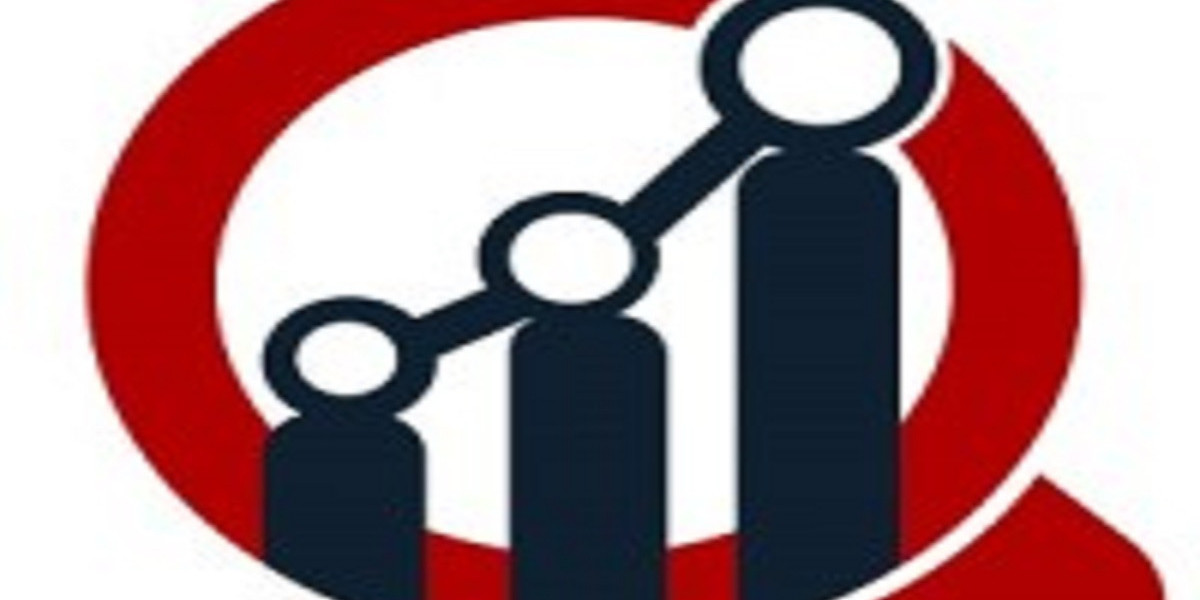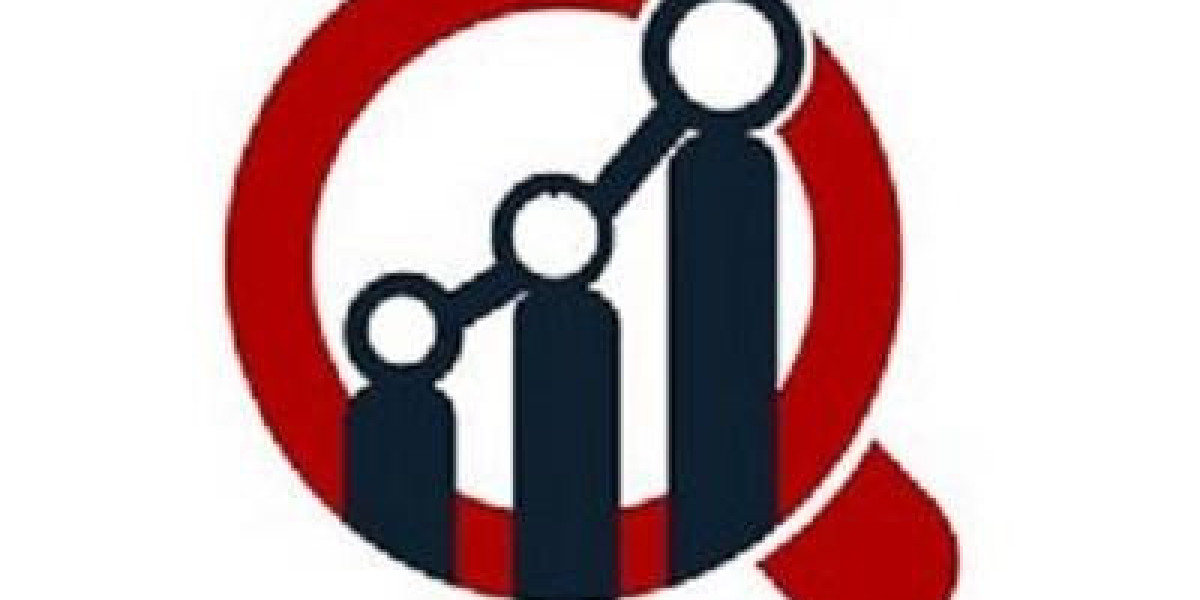The increasing frequency of natural disasters is creating urgent demand for reliable, long-endurance aerial platforms, placing the tethered drones market at the center of global emergency response modernization. Positioned within the broader drones market, tethered drone systems are emerging as essential tools for disaster response agencies, first responders, and public safety departments seeking persistent surveillance, rapid communication support, and real-time situational awareness. According to (MRFR), the global tethered drones market stands at USD 0.15 billion in 2024 and will grow to USD 0.29 billion by 2035, expanding at a 6.10% CAGR due to rising demand in emergency management.
During disasters—whether floods, cyclones, droughts, earthquakes, forest fires, or industrial accidents—ground-based infrastructure often fails, making rapid assessment extremely challenging. Tethered drone technology overcomes these challenges by providing uninterrupted flight capabilities and real-time imaging, enabling authorities to evaluate damage, locate survivors, and monitor ongoing threats. Because tethered drones receive continuous power from the ground, they can hover for hours, offering sustained visibility over large disaster zones.
One of the most crucial advantages of tethered drone systems in emergencies is their ability to function as temporary communication relays. When cellular towers are damaged or unavailable, tethered drones can instantly act as airborne communication hubs, restoring voice and data connectivity for rescue teams. They create a safer, more coordinated environment for emergency responders by enabling real-time communication and rapid decision-making.
Fire departments and rescue teams also use tethered drones for real-time thermal imaging during wildfires or urban fires. Elevated imaging helps identify hotspots, track fire movement, and spot areas at risk. This data ensures that teams can efficiently allocate resources and avoid dangerous conditions. In floods, tethered drones provide continuous aerial views to monitor rising water levels, locate stranded individuals, and assess the stability of bridges and roads.
The tethered drones market is also expanding due to increasing government investment in disaster preparedness. Countries worldwide are integrating tethered UAV units into national emergency response frameworks because these systems are reliable, cost-effective, and deliver accurate, real-time situational updates. Tethered drones enhance search-and-rescue missions, crowd safety management, chemical spill monitoring, traffic control during evacuations, and infrastructure assessment.
Regionally, North America leads the market, driven by the need for advanced fire management systems, hurricane response tools, and modernized public safety networks. Europe and Asia-Pacific are quickly following, particularly regions vulnerable to climate-related disasters. Asian countries such as India and Japan are increasingly adopting tethered drone systems for flood monitoring, earthquake response, and rapid communication restoration.
The rise of unauthorized drone activity has also fueled growth in the anti drones market, which works alongside disaster management systems to ensure airspace security during emergency operations. Counter-UAV systems help prevent interference from rogue drones that could hinder rescue operations or compromise safety.
Despite its rapid adoption, the tethered drones market faces certain limitations. Harsh weather conditions can impact drone stability, and tether length limits mobility. However, technological advancements in ruggedized tether materials, wind-resistant systems, and stronger ground power units continue to expand operational capabilities.
Looking forward, tethered drone systems are expected to become standard tools in emergency response due to their reliability, endurance, and ability to quickly provide critical information. As the market progresses toward its projected 2035 valuation, tethered drone technology is set to revolutionize disaster management, offering unmatched support in rescue, recovery, and communication operations across the global drones market.


